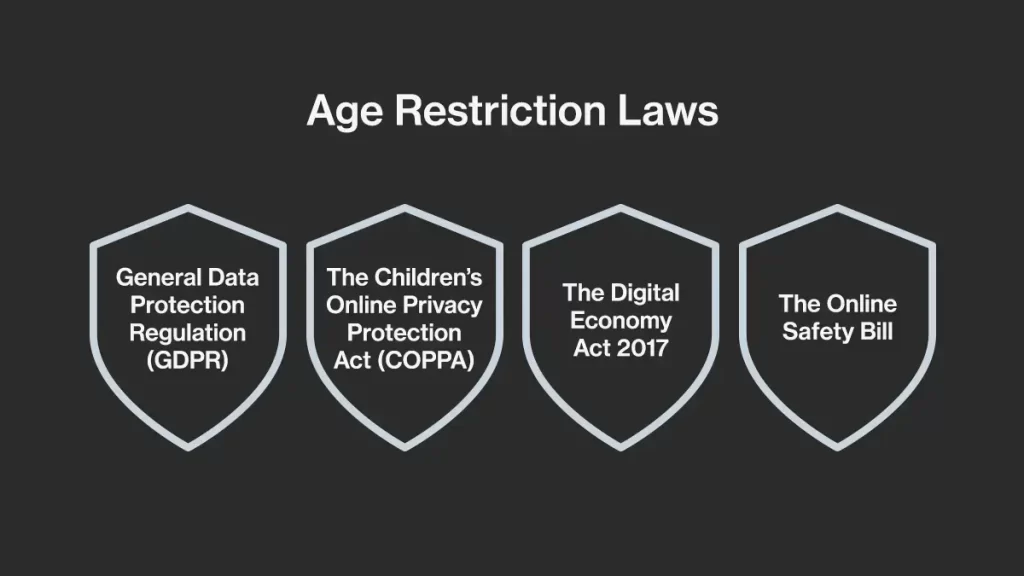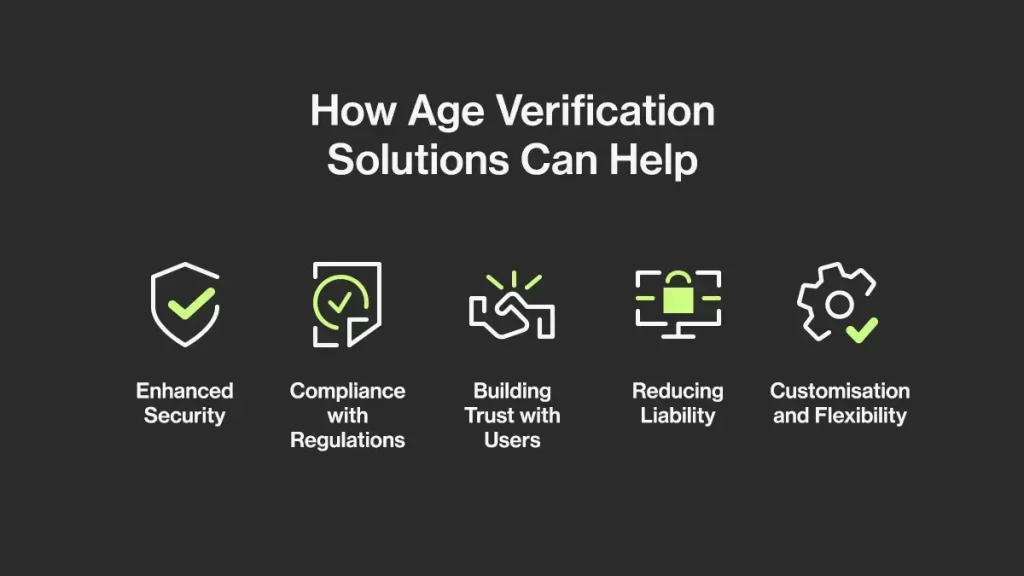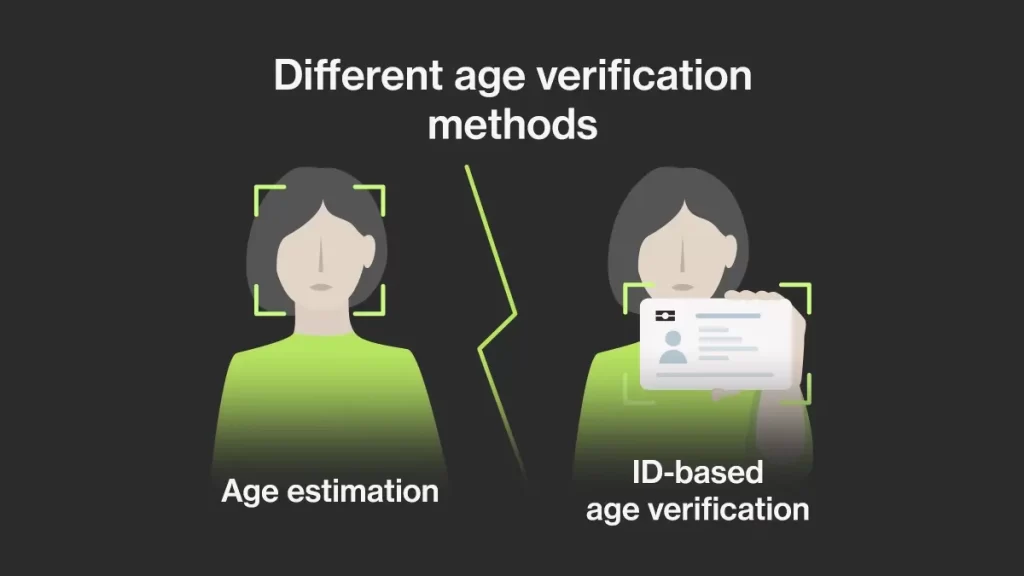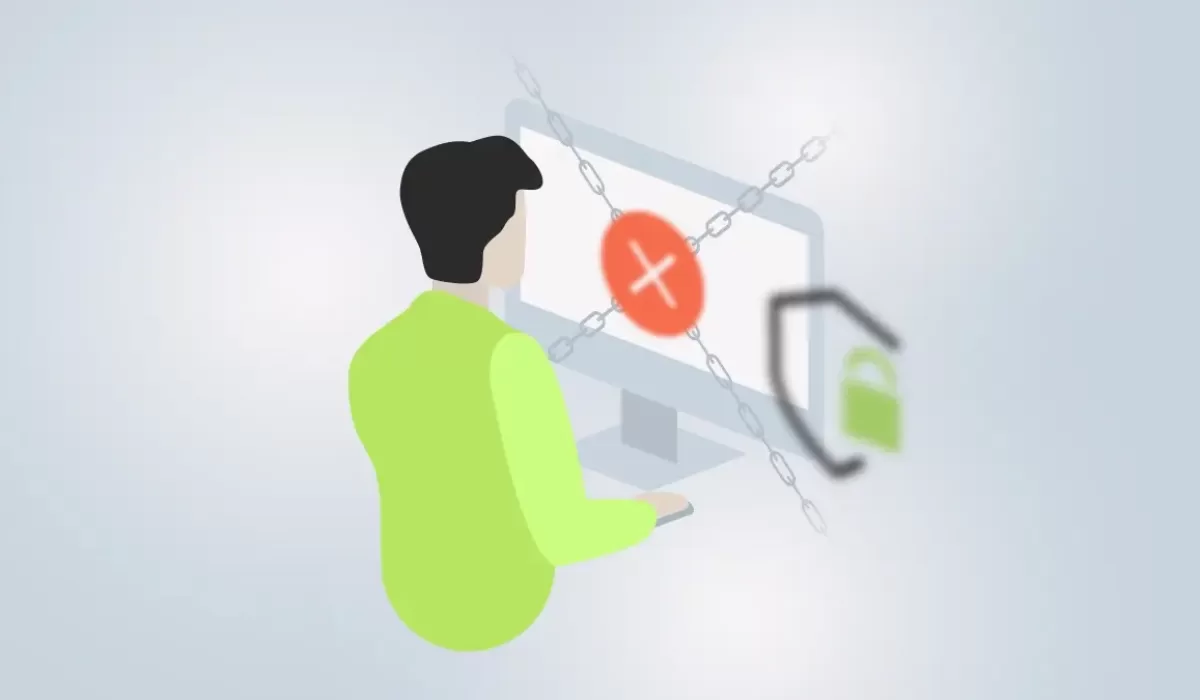When information and entertainment are just a click away, the concept of age-gated content has become increasingly important. With the internet offering access to a wide array of content—some of which may not be suitable for all audiences—it’s crucial to ensure that minors are protected from material that could be harmful or inappropriate. This is where age-gated content and robust age verification solutions come into play.
What is Age-Gated Content?
Age-gated content refers to digital material that is restricted to users who meet a certain age requirement, usually 18 years or older. This type of content can include anything from explicit videos and images to discussions on mature topics, violent video games, and even certain online communities or forums. The primary purpose of age-gating is to prevent minors from accessing content that could negatively impact their mental, emotional, or psychological well-being.
Age-gated content often requires users to confirm their age before they can proceed. This can be as simple as entering a birthdate or as complex as undergoing an age verification process. The goal is to create a barrier that helps ensure that only those who are legally allowed to view such content can do so.
Age Restriction Laws

Age verification laws have become increasingly important as governments around the world seek to protect minors from harmful or inappropriate content online. These laws vary by country and industry, but they share a common goal: to ensure that children and teenagers are not exposed to material that could negatively impact their mental, emotional, or physical well-being.
In the European Union, the General Data Protection Regulation (GDPR) sets a strong framework for age verification. Under the GDPR, websites that collect personal data must obtain parental consent for users under the age of 16, though some countries have lowered this threshold to 13. The regulation also requires that companies take appropriate measures to verify the age of users and the validity of parental consent. This has prompted many businesses to adopt stricter age verification processes, such as requiring government-issued IDs or biometric data to ensure compliance.
In the United States, age verification laws are most prominent in industries like online gambling, alcohol sales, and adult entertainment. The Children’s Online Privacy Protection Act (COPPA) mandates that websites directed at children under 13 must obtain verifiable parental consent before collecting personal information from minors. This act has spurred the development of various age verification tools that aim to accurately determine the age of users. Additionally, many states have introduced their own regulations, including the sale of tobacco and vaping products online, which often require age verification at the point of sale and delivery.
The United Kingdom has taken significant steps toward implementing stringent age verification measures, particularly for online adult content. The Digital Economy Act 2017 included provisions for mandatory age verification on adult websites, although its implementation has faced delays. The Online Safety Bill was designed to impose strict age verification measures across various online platforms. The primary objective is to prevent minors from accessing inappropriate content, including pornography and other potentially illegal content.
Globally, there is a growing trend toward stricter age verification laws as governments recognize the need to protect minors in an increasingly digital world. These laws not only reflect the importance of safeguarding young people but also signal the responsibility of companies to implement robust age verification systems that comply with local and international regulations.
Why is Protecting Minors Important?
The internet is a double-edged sword—it provides endless learning opportunities, entertainment, and social interaction, but it also harbors content that can be damaging to young minds. Protecting minors from inappropriate content is essential for several reasons:
- Legal Implications: There are legal regulations in place in many countries that prohibit minors from accessing certain types of content. Ensuring compliance with these regulations is not just about protecting the minors but also about safeguarding the content providers from potential legal issues.
- Mental Health: Exposure to explicit or violent content at a young age can lead to anxiety, fear, and confusion. It can also contribute to the development of unhealthy attitudes and behaviors.
- Moral Development: Children and teenagers are still in the process of developing their moral compass. Exposure to inappropriate content can skew their understanding of right and wrong, leading to problematic behavior.
- Preventing Exploitation: Age-gating helps to reduce the risk of minors being exposed to or engaging with predators online, who often lurk in areas where explicit content is shared.
How Age Verification Solutions Can Help

While traditional methods of age verification, such as entering a birth date, are easy to bypass for underage visitors, online age verification methods offer a more robust and reliable way to ensure that minors are not accessing age-restricted content. A good age verification system protects both the business and the clients. Here’s how these solutions can help:
- Enhanced Security: Advanced age verification systems can utilize various forms of ID verification, such as driver’s licenses, passports, or biometric data, to accurately determine a user’s age. This reduces the likelihood of minors gaining access to restricted content by simply lying about their birthdate.
- Compliance with Regulations: Many industries, such as online gambling, alcohol sales, and adult entertainment, are subject to strict regulations regarding age verification. Implementing a reliable age verification system helps businesses stay compliant with these laws, avoiding hefty fines and legal action.
- Building Trust with Users: By taking steps to protect minors, businesses can build trust with their users. Parents are more likely to allow their children to use a service that they know is taking active measures to prevent access to inappropriate content.
- Reducing Liability: In addition to legal compliance, age verification helps reduce liability for companies by proving that they are taking necessary precautions to prevent minors from accessing restricted content.
- Customisation and Flexibility: Modern age verification solutions are customizable to fit the specific needs of different businesses. Whether you’re running an e-commerce site that sells age-restricted products or managing an online forum with mature content, these solutions can be tailored to your requirements.
Ondato Age Verification Solutions
Age Estimation
Age estimation tools minimize the need for identity documents by using biometric data to classify users into age groups. Age verification systems like Ondato’s can onboard most users without requiring additional documents, only asking for IDs in cases of uncertainty. This approach provides strong protection for minors online while addressing privacy concerns raised by critics.

ID-Based Age Verification
ID-based age verification involves a process similar to identity verification, where users submit an identity document along with a selfie for biometric comparison. This method is highly accurate and effective in preventing fraud while maintaining user privacy by avoiding the collection of unnecessary data.

Last Thoughts
Age-gated content plays a critical role in ensuring the safety and well-being of minors online. As the digital landscape continues to evolve, the importance of robust age verification solutions cannot be overstated. By implementing effective age verification processes, businesses not only comply with regulations but also contribute to creating a safer internet for all users. Protecting the younger generation from inappropriate content is not just a legal obligation—it’s a moral responsibility that we all share.



